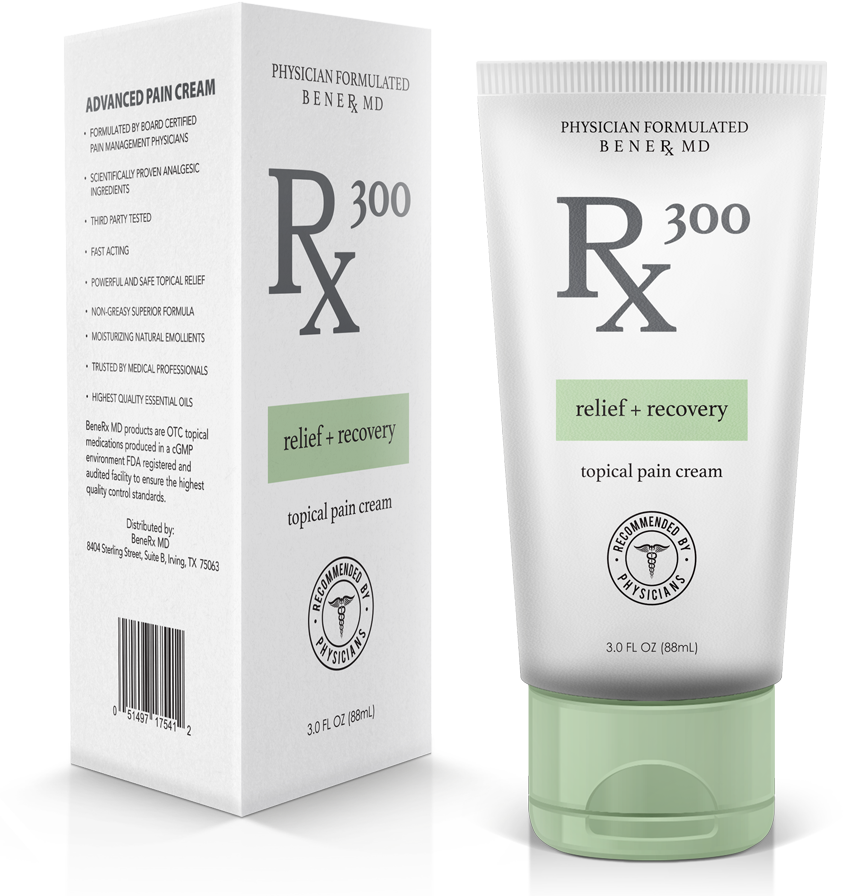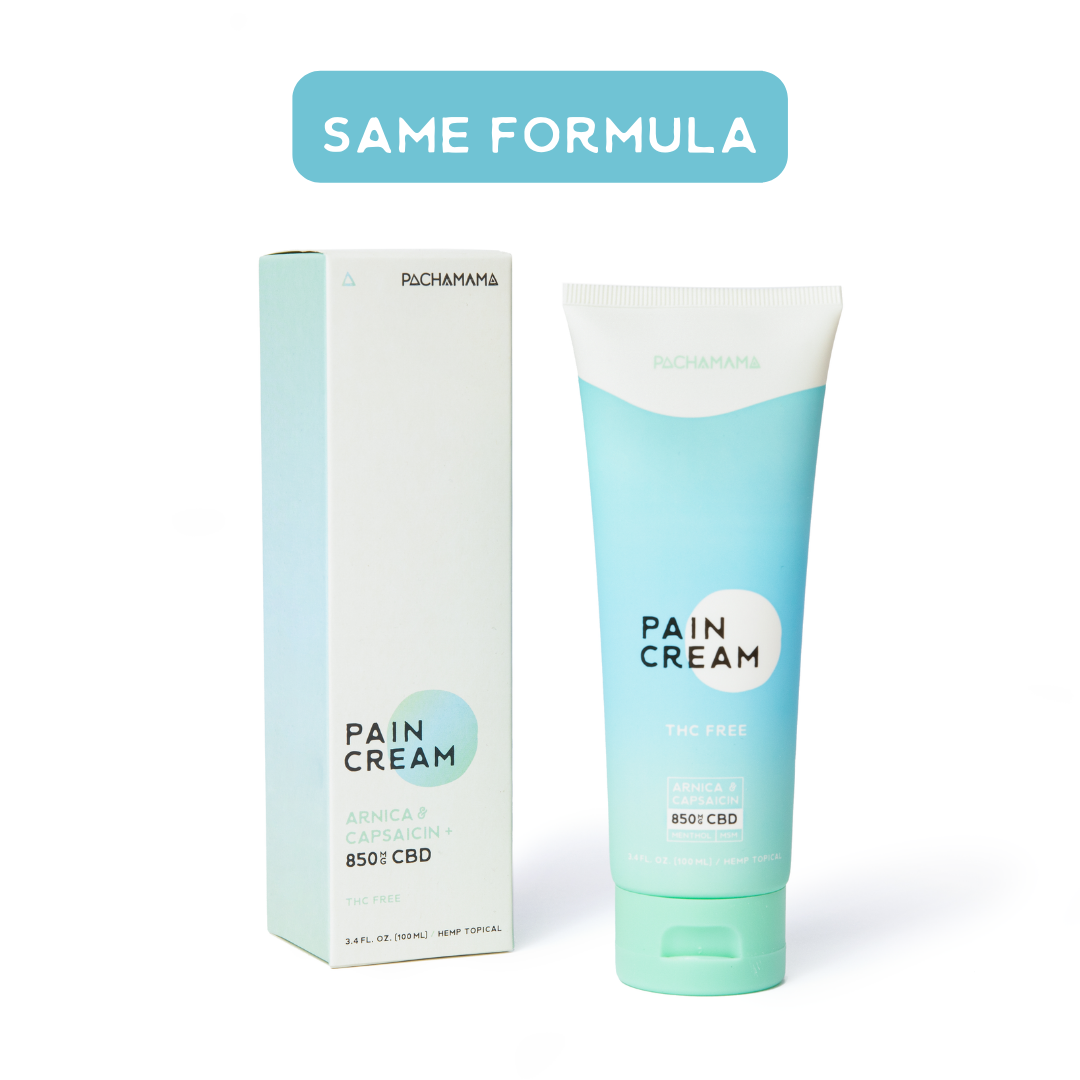Experience Reliable Pain Relief With Topical Hanker Instant Convenience
In the realm of discomfort monitoring, topical creams have become a preferred option for supplying remedy for different pains. These lotions offer a targeted method to soothing aches and pains, making them a convenient alternative for those seeking instant comfort. Comprehending just how these creams work, the most effective practices for application, and selecting the ideal product can considerably influence their effectiveness. Nevertheless, there are critical factors to consider concerning possible side results and safety measures that people ought to know prior to integrating topical creams right into their pain relief regimen. By checking out the subtleties of topical discomfort relief, individuals can make educated choices concerning their convenience and health.
Benefits of Topical Pain Relief
Additionally, topical creams can offer an air conditioning or warming up feeling that helps distract from the pain, using a dual-action technique to managing discomfort. These creams are likewise practical and very easy to apply, enabling people to target specific locations as required. Moreover, several topical discomfort alleviation lotions are developed with natural ingredients like menthol or capsaicin, giving a more all natural and possibly much safer alternative to conventional discomfort administration techniques.
How Topical Lotions Work
Utilizing an unique transdermal distribution system, topical discomfort relief lotions successfully pass through the skin to target the details location of discomfort. The energetic components in these lotions, such as lidocaine, capsaicin, or menthol, job by blocking discomfort signals from getting to the brain. When put on the skin, these active ingredients interact with nerve ends to provide alleviation from pain and swelling.
The transdermal distribution system enables the active components to bypass the digestive system, which can decrease the absorption of pain relief medicines taken by mouth. By directly targeting the damaged location, topical lotions supply faster alleviation with lower systemic absorption, minimizing the threat of side impacts contrasted to dental medications.
In addition, the application of topical creams produces a local impact, minimizing the exposure of various other healthy and balanced cells to the medicine. This targeted strategy enhances the performance of the discomfort relief procedure while lowering the probability of unfavorable reactions in various other parts of the body. On the whole, the mechanism of action of topical pain alleviation creams provides a convenient, efficient, and local option for managing pain.
Finest Practices for Application
To optimize the efficiency of topical discomfort relief lotions, correct application methods are necessary for achieving optimum discomfort alleviation benefits. It is important to clean and dry out the affected location prior to applying the lotion. This action ensures that the skin is devoid of any kind of dust, oils, or lotions that could produce a barrier in between the skin and the cream, preventing absorption.
When applying the cream, it is necessary to utilize tidy hands or handwear covers to avoid contamination. A pea-sized amount is usually enough to cover a small area, while larger areas may need somewhat a lot more. Carefully massage therapy the cream right into the skin using circular motions until it is fully taken in. Avoid applying the cream near open wounds, mucous membranes, or eyes unless defined by the product directions.
After application, wash your hands thoroughly to remove any kind of residual lotion and stop unintended call with sensitive locations. It is recommended to wait on the cream to dry before covering the location with apparel to avoid staining (pain cream). Following these best practices will certainly ensure that you experience the complete benefits of the topical discomfort alleviation cream

Picking the Right Topical Cream
Picking an appropriate topical pain relief cream tailored to your certain requirements and choices is a crucial step towards effective discomfort management. With a wide variety of options available in the marketplace, it is vital to take into consideration several aspects prior to making a choice. Firstly, identify the kind of discomfort you are experiencing, whether it is reference muscular tissue pain, joint pain, joint inflammation, or swelling, as different lotions are developed to target particular kinds of pain. Secondly, consider any sensitivities or allergies you may need to particular ingredients typically found in topical lotions, such as menthol or capsaicin. It is recommended to opt for a cream with ingredients that you are comfortable making use of. Furthermore, consider the cream's strength and the period of discomfort relief it provides. Some lotions give fast alleviation, while others supply longer-lasting effects. Seek advice from with a health care expert or pharmacist to ensure the chosen lotion is risk-free to utilize, specifically if you have existing medical conditions or are taking other medications. By meticulously considering these aspects, you can pick the right topical lotion to efficiently handle your discomfort.
Potential Adverse Effects and Precautions
Having chosen an ideal topical pain alleviation cream customized to your certain demands and preferences, it is important to currently think about the prospective side effects and safety measures associated with its usage. While topical lotions are usually considered effective and risk-free for alleviating discomfort, it is vital to be conscious of possible negative reactions that might happen.
Safety measures must likewise be taken when making use of topical discomfort relief lotions. It is critical to follow the advised dose and application directions offered by the producer. Avoid applying the cream to open up wounds, broken skin, or mucous membrane layers. In addition, individuals with well-known allergies to certain active ingredients should thoroughly review the product's tag prior to usage to stop a sensitive response (pain cream).
Prior to incorporating a topical discomfort alleviation lotion into your discomfort administration regimen, seek advice from a healthcare expert, specifically if you have underlying clinical conditions or are taking other medications. By being informed and careful, you can make best use of the advantages of topical discomfort relief while lessening the risk of potential adverse effects.
Conclusion
To conclude, making use of a topical cream for discomfort alleviation uses numerous benefits, such as targeted relief and very little negative effects. Recognizing how these lotions work and following proper application methods are crucial for optimum outcomes. When selecting a topical cream, think about variables like the type of discomfort and components made use of. It is also important to be familiar with prospective adverse effects and take required preventative measures to guarantee safe use.

To enhance the efficiency of topical discomfort alleviation lotions, correct application techniques are essential for accomplishing maximum discomfort relief benefits.Choosing an appropriate topical pain relief cream customized to your particular requirements and preferences is a vital action towards effective pain management. Determine the type of pain you are experiencing, whether visit here it is muscle pop over to this web-site mass pain, joint pain, arthritis, or inflammation, as different creams are developed to target specific kinds of pain.In final thought, utilizing a topical lotion for discomfort alleviation supplies many benefits, such as targeted alleviation and minimal side results.


